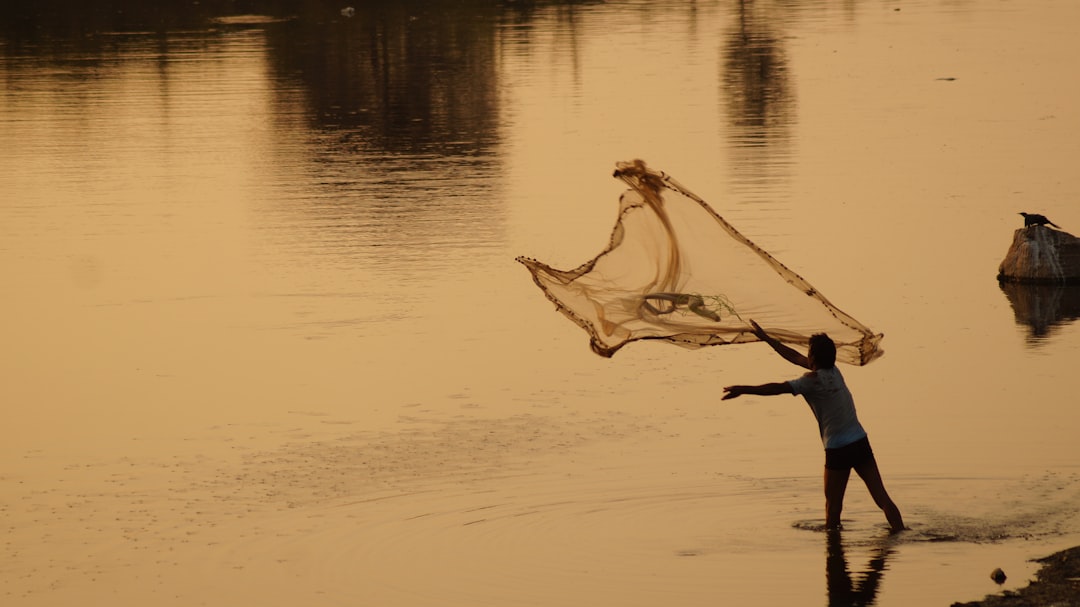What is it about?
Focusing on both British and German travel writers, this essay argues that following the First World War, the travelogue as a literary genre, and the process of travelling as a performative act, functioned as vehicles for renegotiating ideas of space – a phenomenon that surfaced especially during encounters with and perceptions of industrial landscapes. Struggling between nostalgic notions of a pre-industrial countryside and the coming-to-terms with the new places of modernity, landscapes became
Featured Image
Why is it important?
The article offers a perspective on a rather neglected form of landscapes as they are represented in travelogues. It follows the ideological framing of industrial spaces and their appropriation at a time, when notions of essentialised national identity were rather found in the countryside, i.e. were connected to notions of pastoral landscapes.
Read the Original
This page is a summary of: ‘In the beginning there was the coal pit’: discovering industrial landscapes in interwar Britain and Weimar Germany in the travel-writings of H.V. Morton, J.B. Priestley and Heinrich Hauser, National Identities, July 2014, Taylor & Francis,
DOI: 10.1080/14608944.2014.935311.
You can read the full text:
Contributors
The following have contributed to this page










